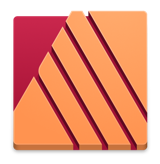Diary
I’m not really into all this social media stuff. This is a random (and probably infrequent) collection of news items and discoveries that may be useful to the reader.
Dec 2023 - I have been working with several others to test out the new Target Scheduler plugin for NINA. Written by Tom Palmer, this plugin revolutionizes deep-sky imaging. It permits one to enter a range of targets and exposure plans for a number of projects, linked to a NINA equipment profile. It also synchronizes multiple camera setups. In this way, I can feed it dozens of targets, and it will decide what to image and when, based on a number of user-controllable criteria. It can even automate flats for each of the targets on a completion or cadence basis.
It simplifies the NINA sequence greatly and the same sequence (one for the server and one for clients) can be reused entirely, as the project/target/exposure settings are held in a central database. I have recorded YouTube videos to describe their operation.
Oct 2023 - The third edition of The Astrophotography Manual has been completed and is currently being made ready for production. It has been entirely re-written, but following the general layout and content of the prior editions. In this book, highly technical projects and deprecated chapters have been moved to a web page, accessible from a QR code within the book. It should be on the shelves by March 2024.
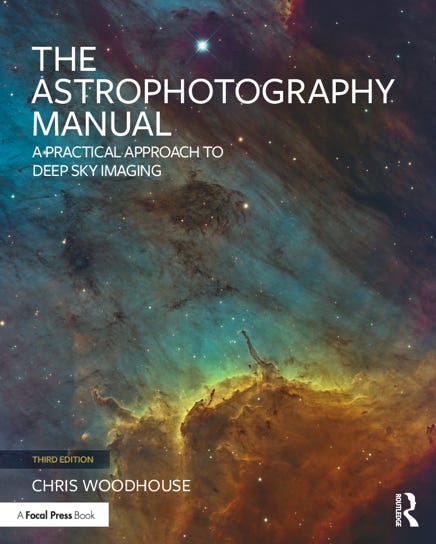
May 2023 - The latest version of The Astrophotography Manual is almost complete and just awaits the final edit and publishing. The last few assignments were challenging, on account of trying new things and appalling weather. Although the dual-rig is very effective, I decided to additionally purchase the Pegasus NYX mount. It has a better load capacity than the Rainbow yet is still small enough to be portable. Its slightly larger dimensions are less likely to require a long pier to avoid leg clashes. Early evaluations suggest its PE curve is ±20” but almost perfectly sinusoidal and it appears to guide as well, if not better, than the Rainbow. I passed on the Avalon mount. It was too expensive, and having had the linear-reverse model, I was cautious about its performance claims in the absence of user feedback.
Jan 2023 - After selling my MyT and Rainbow mounts, I found a more effective way to increase my image capture efficiency. My telescopes are not particularly heavy and the Paramount MX is perfectly able to handle a pair of refractors and an independent guide scope. The results have been remarkable. Several weeks of good weather and the dual camera synchronization in NINA have allowed me to create some of my best images to date. My latest ones all have more than 80 hours of exposure each, permitting me to go deep. It has spurred me on to complete my next book and it is nearing completion for an Autumn publishing goal.
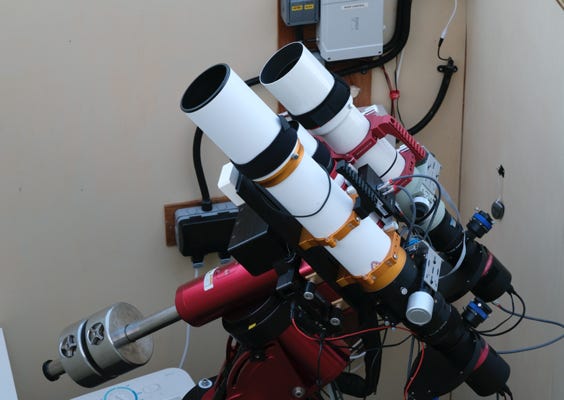
Oct 2022 - After a break from writing and imaging, I have returned to consider my options. There is a limit to how many objects one can sensibly image from one location and I have mostly exhausted the common targets. This encourages me to find more interesting views, close-ups of well-known targets or groups of adjacent objects in pleasing compositions. Both the MyT and Rainbow mounts have found new homes, on account of the latest plugins for NINA, which allow dual camera operation. I can now run simultaneous systems within the roll-off-roof observatory and know that bad weather management does not include rushing out into the back yard to dismantle a tripod-mounted system in panic. I have also had the satisfaction of helping several others, whom I will unlikely ever see in person, to set up automated observatories around the world. It is good to know that my observatory software is robust enough to share and modify for other situations. I may try the latest Avalon compact mount as an alternative to harmonic drives.
Feb 2022 - An interesting Autumn and Winter here with appalling weather. I have started to use NINA in earnest; over the last few months it has really come along and it has now mostly displaced SGP in my observatory system. For portable use, where the computer screen is much smaller, I am enjoying working with CCDCiel, another free program written by Patrick Chevalley , who also wrote the popular Cartes du Ciel. Its clear user interface reminds me of Nebulosity and it works on Mac, Linux and Windows platforms, including those running on a Raspberry Pi. Looking back, if you think about it, 10 years ago, there was Maxim DL, PinPoint, ACP, Starry Night and TheSkyX, all expensive applications that encouraged annual subscriptions and with little competition. While I have no issue paying for major upgrades, updates that solely fix bugs should be free. Today, there is a considerably wider choice of image capture and, increasingly, image processing applications. These are equally capable and benefit from more modern development architectures. They are often more nimble to industry changes and are mostly written by dedicated amateurs, whom we should support with constructive feedback and renumeration of possible.
July 2021 - The Rainbow mount is remarkable and continues to make me smile. I have been experimenting with different guiding methods, which has been useful for all my mounts. At the same time, and with help from the user forum, I published an additional user manual for this mount, along with some other resources.
https://drive.google.com/drive/folders/1PAMv9v19l4ktmsQIVtsC0Z0lokysE6-x?usp=sharing
It was fun to write and, as with other writing projects, forced me to really understand how it works before I could be authoritative.
Page count on my new book is up to 180. I have all the new content on StarTools, APP, NINA and Voyager to write now.
April 2021 - My last book was pirated in 2020, before it even hit the shelves. I was very upset; book-writing is a labor of love at the best of times and it takes a lot of time and money to complete. The publisher has declined to explain how it happened but the file properties suggest it is linked to their eBook production.
To reduce the likelihood of another piracy issue, my next book is entirely new and will not have an eBook version. That gives me control over who publishes it.
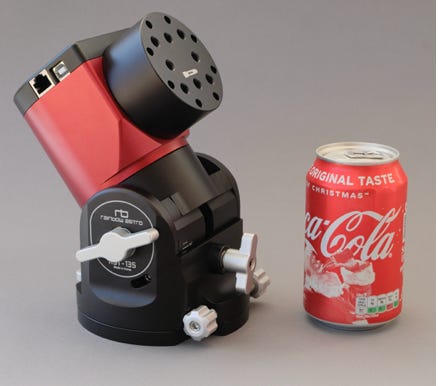
Feb 2021 Lockdown is a good opportunity to get on with some projects. The StarAid and Rainbow mount arrived at the same time and I did an assessment for StarAid, which was used to make some changes and additions to its sky recognition and polar alignment techniques. Its drift alignment method is great if you have time on your hands and a mount with low periodic error. Rapid assessment with a Rainbow mount is not a neat fit, but polar region astrometric assessment, like PoleMaster or SharpCap Pro work wonderfully. Arduino replacement for BlueAstro WeatherStick, was a breeze and just took a day to reconfigure my existing software, ASCOM driver and solder the too modules together. I might see if I can do a wireless version, for portable setups too.
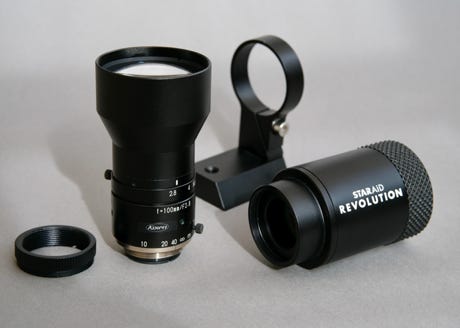
Jan 2021 - Book research and writing has begun. I have decided to re-write the entire book. I have started to familiarize myself with new applications like NINA, StarTools and AstroPixelProcessor; it is very interesting to see how different folks tackle the same issues.
I have also bought a RPi4 and loaded Astroberry/StellarMate OS on it and I am seeing if it is a viable alternative. I am a little concerned that some aspects of the RPi ecosystem are a bit geeky and will put some folks off. I also have a loan StarAid on its way to me to evaluate and next month I will order a Rainbow RST-135. Finally - my BlueAstro WeatherStick had died and I’m making my own, for about $20.
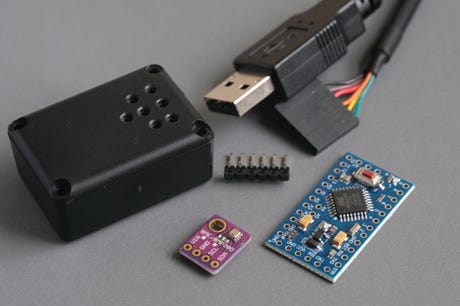
Nov 2020 - I’m running out of things to do and the weather has not been kind. I think it is time to write another book. At the time of publishing the second edition of The Astrophotography Manual, CMOS cameras were rather unreliable and not yet mainstream. The same went for small computing platforms running Linux. Both these technologies have blossomed in the last few years and it is time to take up the quill and axe once more to remove the more esoteric content and replace it with up to date relevant material. A new book is being worked on and has the blessing of the publisher. Don’t hold your breath, it will take two years to research and write.
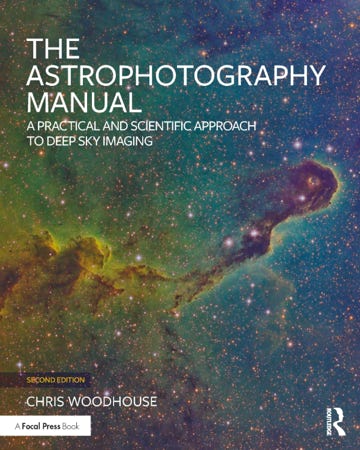
Edition 3?
Oct 2020 - my Arduino prototype is now complete and will be added to the resources in due course. I removed the GPS and control elements to concentrate on environmental monitoring and reduce local sensor heating. The ‘Nano’ box measures cloud, rain rate, humidity, pressure, temperature and sky magnitude. I’m currently testing the ASCOM drivers to ensure they are reliable under different conditions. The dew and motor controls will be a follow on project as a separate module, with power and USB control.
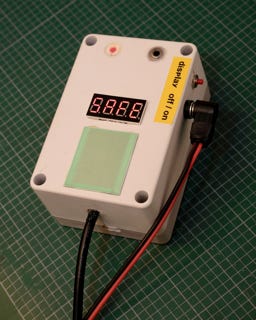
Aug 2020 - to support my portable rig, I’m working on another practical project, this time using an Arduino board to act as a GPS/focuser/dew heater controller/weather and environmental monitor. This will make the ASCOM drivers more interesting as several ‘devices’ will be interfacing to a single hardware entity.
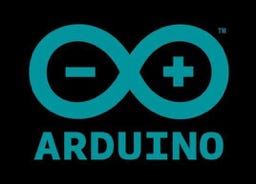
July 2020 - Capturing the Universe is now available on Amazon and in major bookstores. Despite the global lockdown, it is has been printed on time. I found it more difficult to write an introductory book, as it is a constant worry that it may be either too simple or difficult. You cannot please everybody and I hope I have pitched it just right. It starts off with basics, using traditional photo kit and progresses to more complex projects, progressively introducing new techniques and astro equipment, leading up to a dual-axis mount and a dedicated camera.
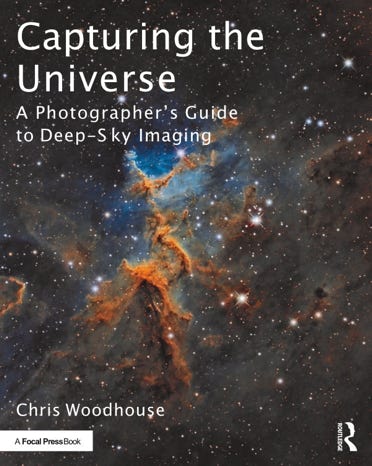
June 2020 - My second rig gets a new camera. After much debate, I bought a 1-inch monochrome CMOS camera, the QHY 183. Many shun some Sony sensors due to amp glow, which progressively appears (after image stretching) in long exposures. The QHY camera has some internal dark compensation and my calibration recommendations in the book hold up well. If one avoids dark scaling of any kind, bias subtractions from darks and calibrates flats with bias or flat-darks, you should be good. The images opposite are 600s exposures at high gain through an Ha filter. The amp glow on the right entirely disappears with my calibration process. If your flat exposures exceed single-digit exposures, I would not bother with bias files at all, just use darks, flat-darks and flats to calibrate.
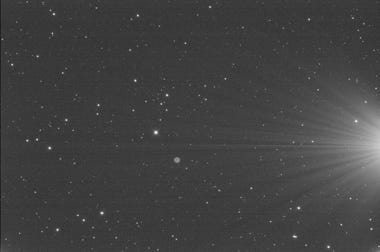
before calibration
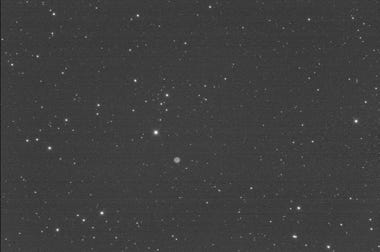
after calibration
May 2020 - Perusing through my Mac Apps, I noticed that iWeb is no longer supported and 32-bit only. After playing and failing to like WordPress, I tried Sparkle, a 64-bit locally-hosted, web design app for Mac. It is simple and effective, although it has less support with fancy themes. I used lockdown to rework the website, which is almost complete now. I hope you like it.
May 2020 - New interface box - similar to the one in the observatory. In this one, I’m using an LED dimmer for dew-heater control. It has much better RF than a motor controller (much lower frequency). I have adopted the same unique connectors for dew, power and 48-volt output, to avoid any accidental mis-connects.
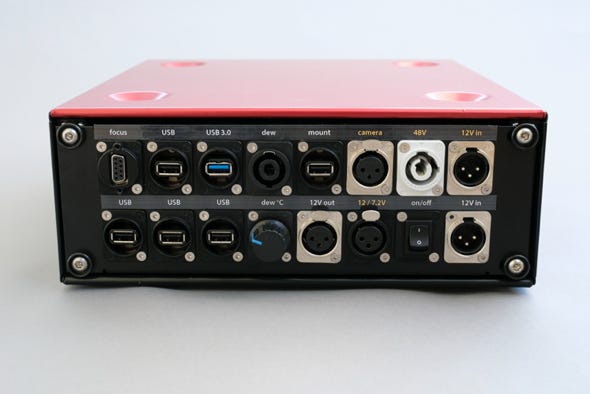

April 2020 - Covid lockdown is upon us. I’m now retired and I thought to myself, you can either live for the day or just hunker down. The answer was a shiny new mount for visual work and traveling. I tried Avalon, iOptron and SkyWatcher offerings at various times, but had not yet found a sweet spot. I was familiar with TheSkyX/TPoint and rate my Paramount MX, so I bit the bullet and went up-market, buying the smaller MyT. A bit heavier and costly than I wanted, but hey, you only live once. It usefully folds in on itself to under 450-mm square.I spent a few weeks getting an adaptor made for my Avalon TPod and assembled a new box of electronics to make setup a breeze. For good karma, it is all in a matching red color.
Initial tests had the mount stalling at high slew rates, fixed by re-adjusting the spring plunger tension to the specification. With precision instruments, even expensive ones, it is realistic to assume some fine tuning at the customer end. PE measures at 3.4” pk-pk and RMS pointing with TPoint at 5”. With time the PE should improve as the hotspots on the worm wear (my MX started with 1.4” and is now about 0.9”).
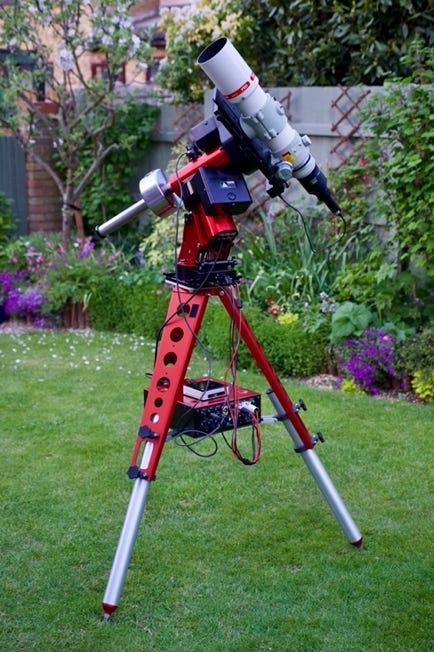
Feb 2020 - Up to now, I have been using Adobe CS6 suite to write my books. Unfortunately, the latest Mac OS only works with 64-bit apps and I will be forced to throw it away and use Adobe CC. Not. The combined rent for PhotoShop, InDesign, Illustrator and Acrobat Pro is too much .
During this last book I used Affinity Photo and Affinity Designer. At the time of writing, Affinity Publisher was still in beta. Now that Affinity have added InDesign import facilities, I can make the switch and wave goodbye to Adobe (if I ever get permission from the other half to write another book).


